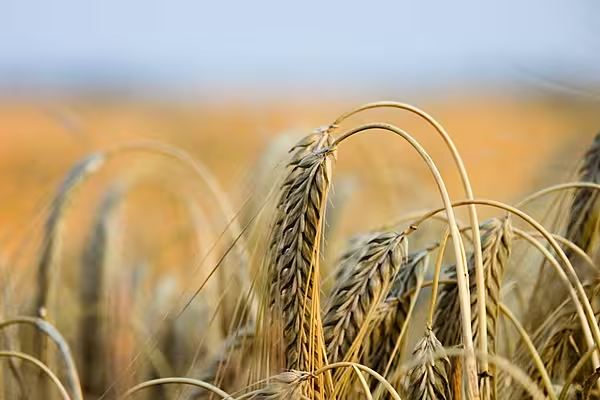Rains over the last 10 days have helped revive Argentina's drought-hit wheat crop and improve prospects for corn planting later this month, with Southern Hemisphere spring showers expected ahead, analysts said.
The Argentine spring starts 21 September. Along with autumn, spring in this part of South America is usually rainy. The problem this year was an atypically dry autumn, setting the stage for what has been a parched winter wheat-growing season.
"The reactivation we've seen of storm fronts significantly alleviates the water stress that was affecting a large part of the central agricultural region.
Early Corn Planting
It alleviates the risks for wheat and is key for early corn planting," said Buenos Aires Grain Exchange chief analyst Esteban Copati.
Argentine growers have planted 6.5 million hectares (16.1 million acres) with wheat, to be harvested in December and January, according to the exchange, which cut its original 6.8 million-hectare estimate earlier this season due to the dryness.
"The rains arrived just in time to put a floor under the damage that was being done to wheat yields," Copati said.
Last season the country harvested 18.8 million tonnes of wheat from a planting area of 6.6 million hectares, according to exchange data.
Argentina is also the world's No. 3 corn supplier.
"With this rain, we may plant corn a week from now when temperatures get a little bit higher," said Santiago del Solar, a grower in Rojas, northern Buenos Aires province.
Recent Rainfall
German Heinzenknecht, a meteorologist at the Applied Climatology Consultancy warned that the recent showers left some agricultural areas untouched and still in need of moisture.
"The situation is difficult for wheat flowering in Cordoba and western Santa Fe provinces. They will not reach their yield potential. Early corn plantings in this sector remain risky. They need more moisture," he said.











